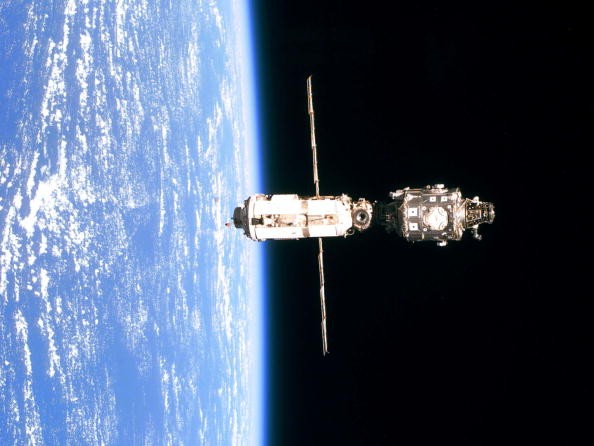Jupiter's moon Europa has always been of keen interest to astronomers bacause they believe that it will one exhibit signs of life. Now, a discovery made by NASA researchers suggests that there could be a few things common between the Earth and Europa.
A new study published in the journal Geophysical Research Letters has found that Europa's oceans resemble those on Earth, in more than a zillion ways that humans could ever predict. During the study, the research team from NASA's Jet Propulsion Laboratory (JPL) analyzed the chemical composition of the lunar oceans and compared them to the ones that are present in Earth.
The team discovered that the amount of oxygen that oceans on Earth and Europa produce is exactly the same. The amount of oxygen produced is 10 times the amound of hydrogen production. This similarity strengthens the belief that Europa's oceans could play a similar role in the evolution of life, as played by Earth's ocean during the evolution of life forms.
"The cycling of oxygen and hydrogen in Europa's ocean will be a major driver for Europa's ocean chemistry and any life there, just as it is on Earth," lead author of the study, Steve Vance of JPL said in a press statement.
While the similarity between oxygen and hydrogen production on Earth and Europan oceans might seem similar, there could a number of other factors that could result in conditions that are unfavorable for life. But an
idea on how different elements, including hydrogen, oxygen, carbon and nitrogen interact in alien waters would enable researchers have a better idea about the common link that they have found between the ocean on Jupiter's moon and Earth.
A team of NASA researchers is planning to conduct a mission to explore the surface of Europa in depth and to see whether the moon could be habitable by different life forms. The new findings about Europa's ocean is a part of the big evidence driving the mission that NASA is formulating.
The space agency is expected to send a spacecraft into orbit around Jupiter by the end of the 2020s. The spacecraft would fly close of Europa and take high-resolution images.
The following video explores the possibility of an ocean hidden beneath Europa's surface:



























